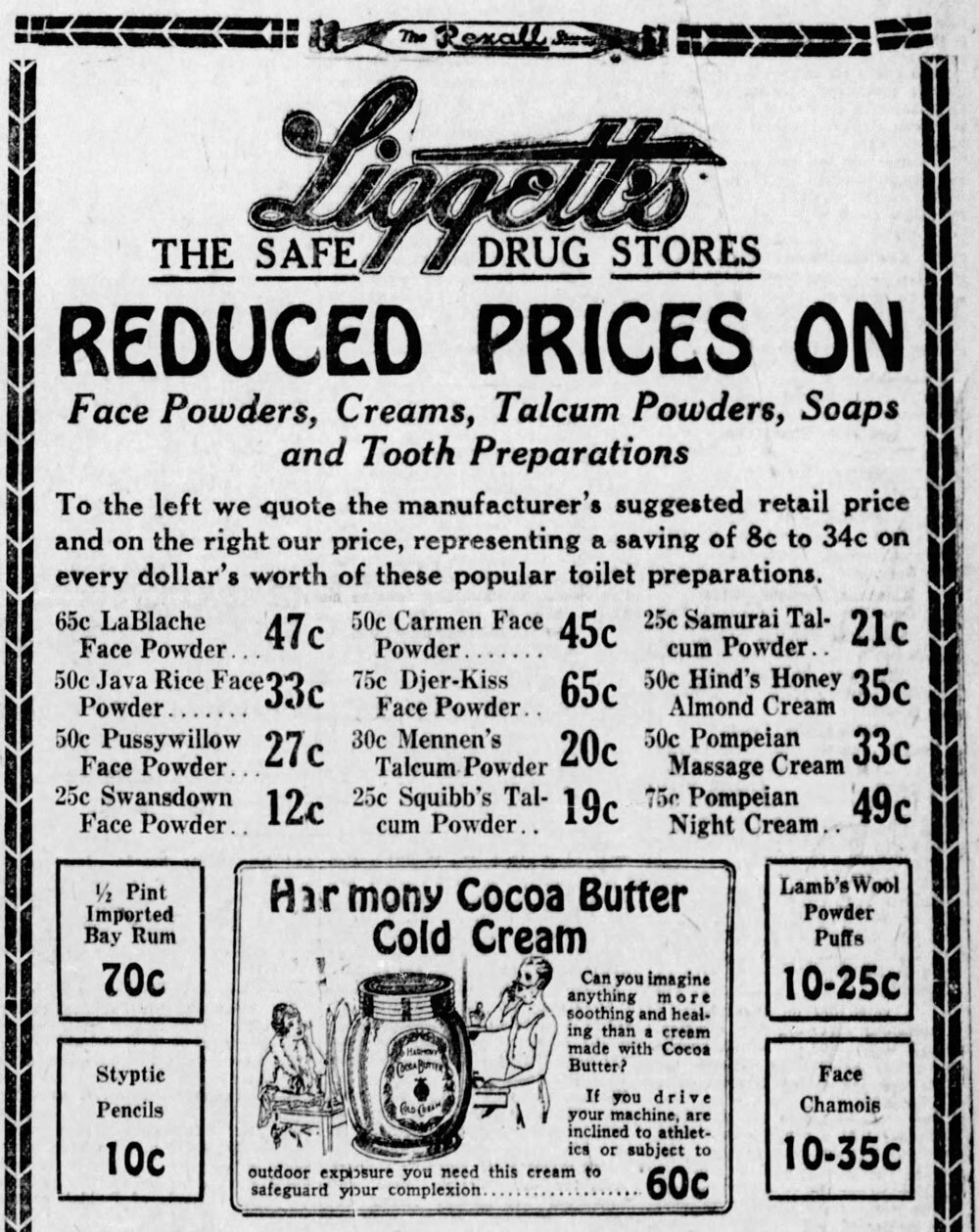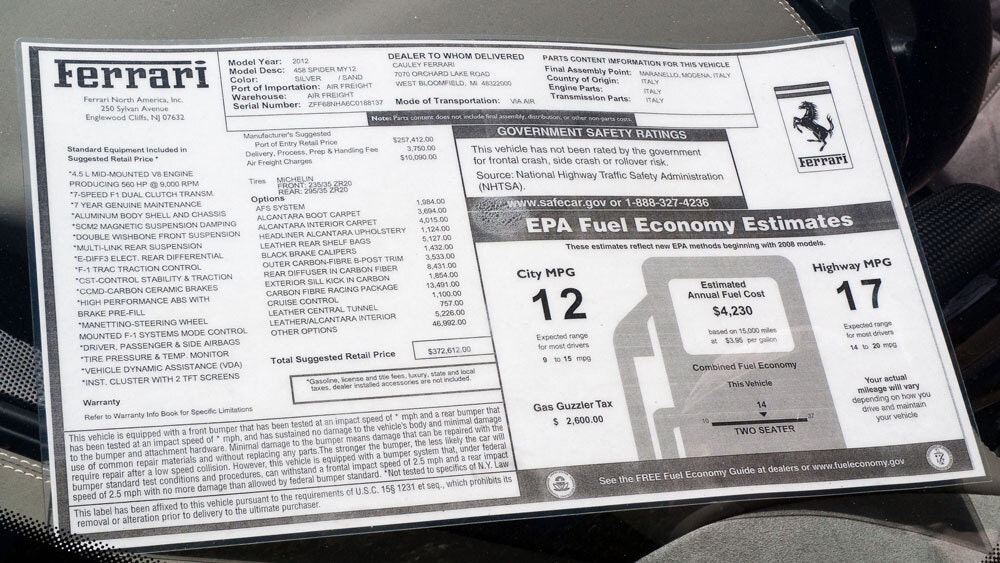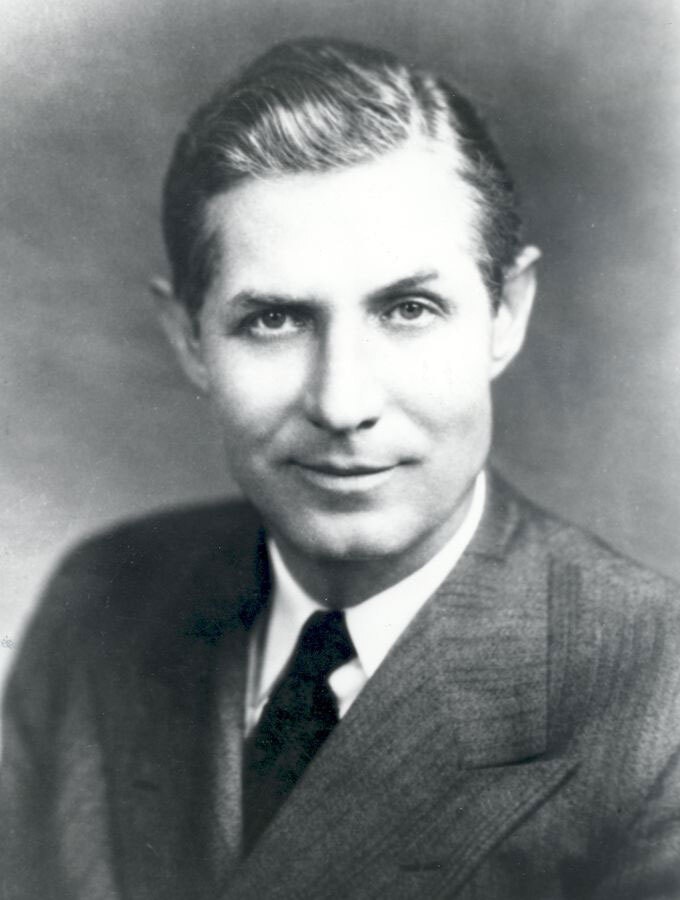Tedium - Who Sets the Prices? 🏷
|
|
|
|
|
|
|
|
|
|
|
Older messages
When Movies Get Canned 🎥
Wednesday, August 3, 2022
Movies that, like Batgirl, never saw release despite being complete. Here's a version for your browser. Hunting for the end of the long tail • August 03, 2022 Today in Tedium: If you were holding
A Bit of Fine Tuning 🎸
Saturday, July 30, 2022
Ever try playing a guitar with a touchscreen? We have. Here's a version for your browser. Hunting for the end of the long tail • July 29, 2022 Hey all, Ernie here with a fresh piece from David Buck
The Codecs of Streams Past 📹
Wednesday, July 27, 2022
The video file formats that didn't make it. Here's a version for your browser. Hunting for the end of the long tail • July 27, 2022 Today in Tedium: So much of the content we experience on the
Surf Like A Shark 🦈
Friday, July 22, 2022
How the Nintendo 64 got internet access. Here's a version for your browser. Hunting for the end of the long tail • July 22, 2022 Hey all, Ernie here with an older piece I think that deserves a
From Cable to Local 📺
Wednesday, July 20, 2022
The cable networks that went over-the-air broadcast for some reason. Here's a version for your browser. Hunting for the end of the long tail • July 20, 2022 Today in Tedium: The USA Network. The
You Might Also Like
The Sequence Engineering #493: One of the Best Agent Frameworks in the Market Just Got Way Better
Thursday, February 27, 2025
The new version adds a considerable set of capabilities for a more integrated agent development experience. ͏ ͏ ͏ ͏ ͏ ͏ ͏ ͏ ͏ ͏ ͏ ͏ ͏ ͏ ͏ ͏ ͏ ͏ ͏ ͏ ͏ ͏ ͏ ͏ ͏ ͏ ͏ ͏ ͏ ͏ ͏ ͏ ͏ ͏ ͏ ͏ ͏ ͏ ͏ ͏ ͏ ͏ ͏ ͏ ͏ ͏ ͏
Trojanized Game Installers Deploy Cryptocurrency Miner in StaryDobry Attack
Thursday, February 27, 2025
THN Daily Updates Newsletter cover ⚡ LIVE WEBINAR ➟ Building Resilient Identity: Reducing Security Debt in 2025 Attacks Evolve, So Can Your Defenses--Learn How to Mitigate Risk and Optimize Identity
Post from Syncfusion Blogs on 02/19/2025
Thursday, February 27, 2025
New blogs from Syncfusion ® Track and Visualize your Product Sales Data with the .NET MAUI Bullet Chart By Tinesh Kumar Sivakumar This blog explains how to visualize product sales performance using the
10 Ways a Zero Trust Architecture Protects Against Ransomware
Thursday, February 27, 2025
Learn how zero trust defends against ransomware at every step of the attack chain. ͏ ͏ ͏ ͏ ͏ ͏ ͏ ͏ ͏ ͏ ͏ ͏ ͏ ͏ ͏ ͏ ͏ ͏ ͏ ͏ ͏ ͏ ͏ ͏ ͏ ͏ ͏ ͏ ͏ ͏
⚙️ Grok 3
Thursday, February 27, 2025
Plus: An autonomous scientist in space
Download your Kindle books ASAP 📚
Thursday, February 27, 2025
Open-source Grok?; Laptop price hike; Windows mini PC -- ZDNET ZDNET Tech Today - US February 19, 2025 main Download your Kindle books ASAP - before Amazon kills this feature next week The clock is
Bundling dependencies; keyword `using`; Intl.DurationFormat; vlt client; Deno npm module specifiers;
Thursday, February 27, 2025
We have 13 links for you - Stay up-to-date on JavaScript and tools Dear readers! We moved the publication day of ECMAScript News from Tuesday to Wednesday – which works better with our schedules.
Infographic | Visualizing Global Coffee Production in 2024 ☕
Thursday, February 27, 2025
This infographic highlights the 10 largest coffee-producing countries and their share of global coffee production in 2024. View Online | Subscribe | Download Our App Get world-class visual storytelling
Daily Coding Problem: Problem #1696 [Hard]
Thursday, February 27, 2025
Daily Coding Problem Good morning! Here's your coding interview problem for today. This problem was asked by Microsoft. You have an N by N board. Write a function that, given N, returns the number
JSK Daily for Feb 19, 2025
Thursday, February 27, 2025
JSK Daily for Feb 19, 2025 View this email in your browser A community curated daily e-mail of JavaScript news Meet Harmony An open source library for composing consistent and highly performant








